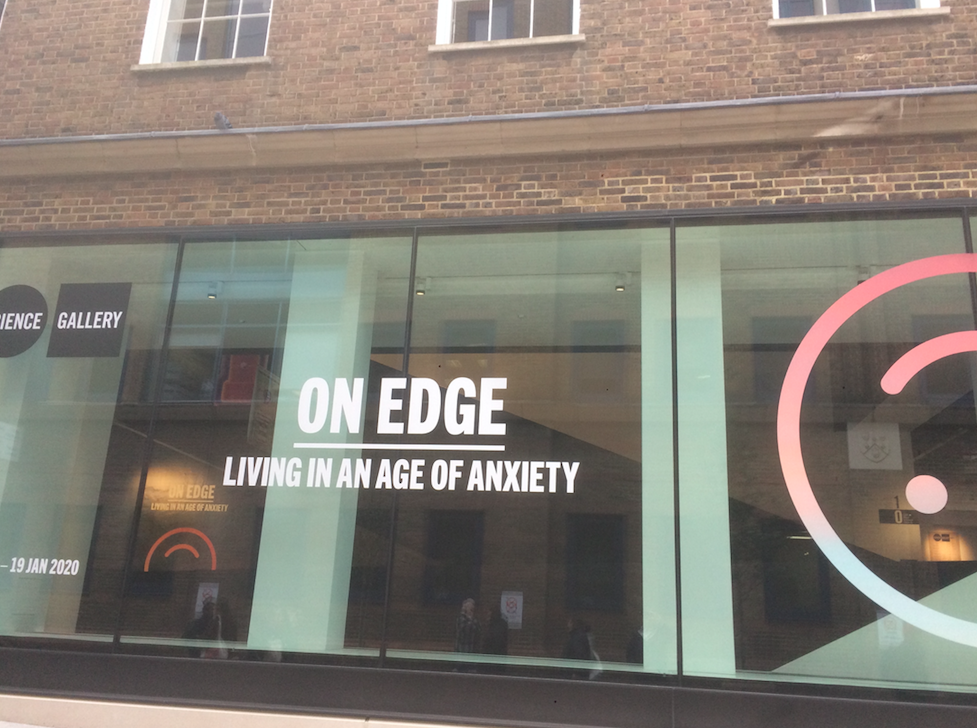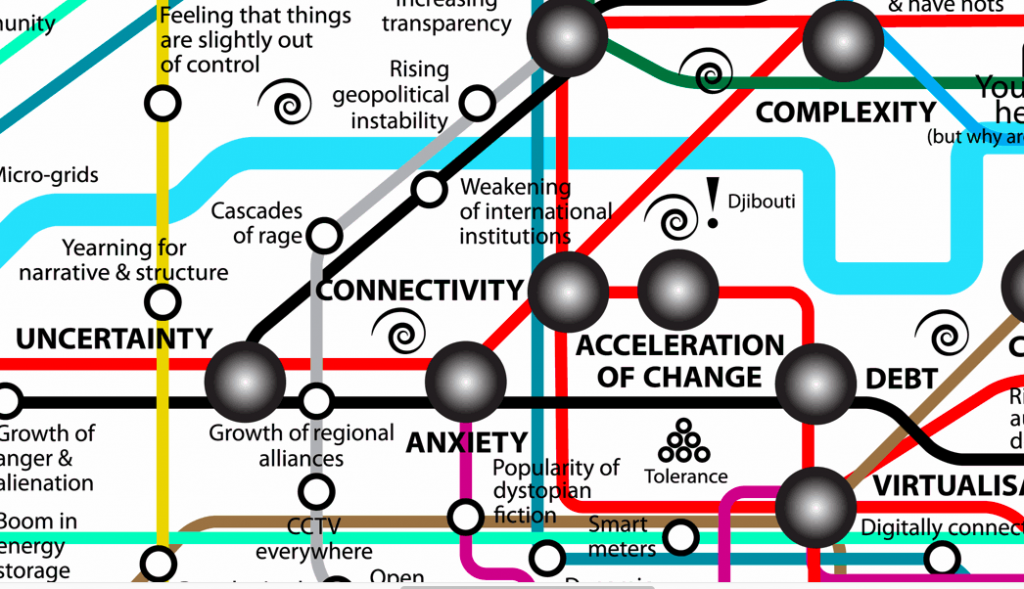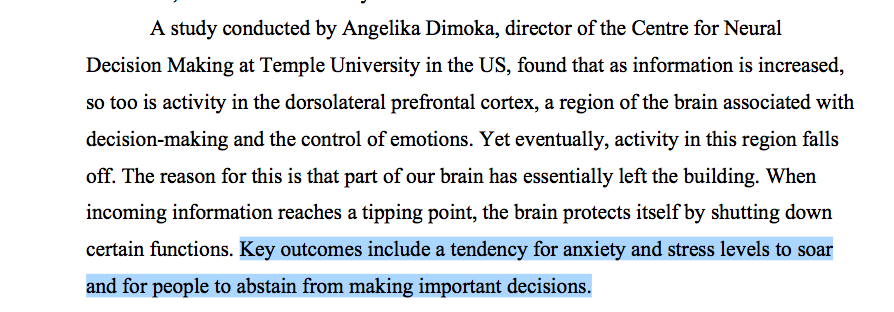Prince Andrew gets into so much trouble over his relationship with Jeffrey Epstein that the Queen steps down in order to create a diversion.
Monthly Archives: November 2019
Future of air
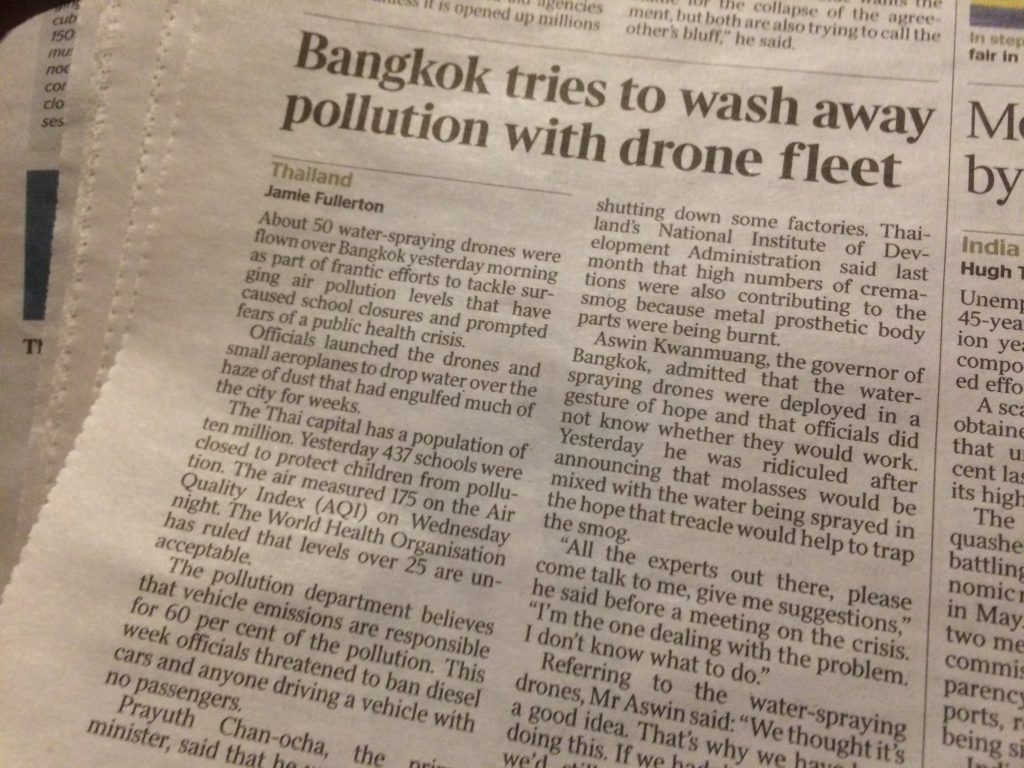
PDF not ready, so in the meantime…
Eco Anxiety
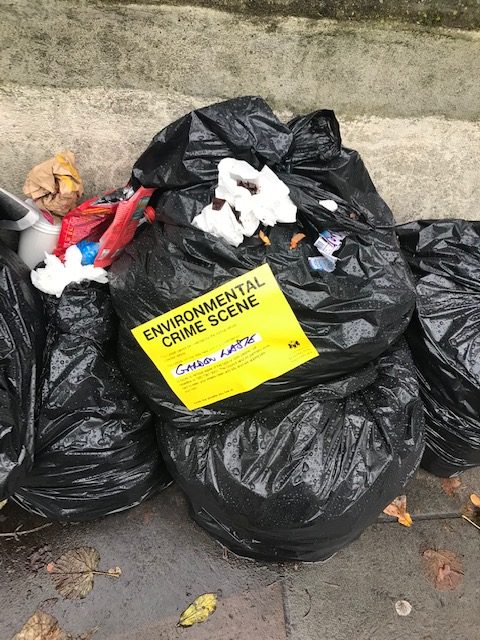 I’m starting to hear about people (teens and twenty-somethings primarily) that are getting seriously anxious and even clinically depressed about the state of the world, notably the environment. People such as David Attenborough suggesting that humans are a plague or than we will be extinct by mid-century aren’t helping helping either. Note the language being used on this image. Shades of Malthus in the late 1700s and the Club of Rome in the 1970s? Where is the optimism?
I’m starting to hear about people (teens and twenty-somethings primarily) that are getting seriously anxious and even clinically depressed about the state of the world, notably the environment. People such as David Attenborough suggesting that humans are a plague or than we will be extinct by mid-century aren’t helping helping either. Note the language being used on this image. Shades of Malthus in the late 1700s and the Club of Rome in the 1970s? Where is the optimism?
The Future of Urban Air
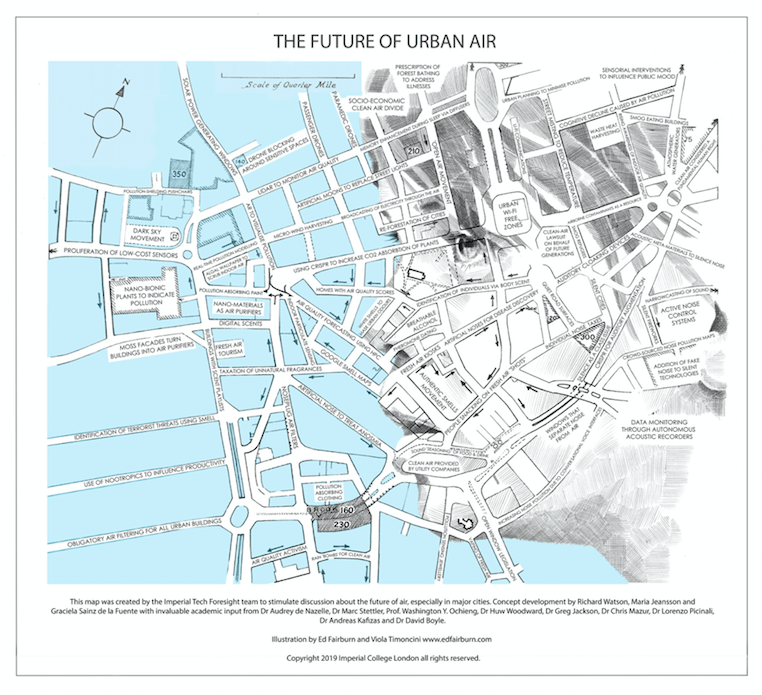
All good things come to those that wait. Here, finally, is the future of air info-graphic. Tomorrow (hopefully) I’ll post a link to the static map (PDF). Today, here is a rather spendid interactive version. (Click to enlarge and reveal hidden content).
Sometimes these maps are quite quick to create (e.g. the Future of Space) other times they take forever. This started out as a scribble almost 2-years ago. I then looked at weather maps, ancient cartographic maps and stylised images of sails, even breathing and wind, but eventually the scribble morphed into a street map. At this point I stumbled upon the work of an illustrator called Ed Fairburn and the scene was set for what I hope will become a great example of art/science collaboration.
The visual is a fictitious city street map with the face of a child hand-drawn by Ed over the streets. (the child was a quite deliberate choice, because children are linked to the future and, more importantly, it is far more provocative than if we’d used the image of an adult). Visually based tends, inventions and ideas then cluster around the eyes, sound-based thoughts cluster around the ears, smells around the nose and so on. But before I go on to explain what’s on the map, why does it exist at all?
I did a map looking at the future of water with Imperial some time ago. I’ve done food in the past too, so air felt like an obvious theme. Various people at Imperial were looking into air (as was Davos) and a quick Google search found there to be next to nothing about the future of air or the future of air in cities, which is always a good sign. Why urban air? Because most of the big problems and opportunities surrounding air in the future will be found in cities and mega-cities in particular. Of course, conveying ideas about something that cannot be seen (air) is challenging, but hopefully the map itself will help and there are a couple of entries of the map itself that might solve this too.
Maps generally are a powerful way to convey information, messages, arguments or ideas and hopefully this one will provoke some conversation about what is, after all, the most precious and perhaps most threatened resource of them all.
So, what’s on the map? Here’s a list. It’s not the final one, but it’s close and it does show some of the thinking that went into the map (things that got removed, debated etc.). BTW, ‘head’ is a cluster that comprises some cerebral thoughts, along with things that frankly didn’t fit anywhere else.
Credits for the map belong to yours truly, Richard Watson, Maria Jeansson and Graciela Sainz de la Fuente with academic input provided by Dr Audrey de Nazelle.
Head
Clean air as a fundamental human right
Smog refugees
Natural
airflow architects
Air quality activism
Artificial
thermal cloud management
Urban Wi-Fi free zones
Google smell maps
Memory enhancement during sleep via diffusers
Use of smell to influence public mood
Street misting to reduce temperatures
Databases of
smell landscapes
Rising awareness of indoor air quality
Pollution as a business opportunity
‘Prescription’ of nature to address illnesses
Artificial noses to treat anosmia
Cognitive decline caused by air pollution
‘Open air’ movement
Atmospheric water generators
Socio-economic clean air divide
Clean-air lawsuit on behalf of future generations
Identification of terrorist threats using smell
Pollution
harvesting ignites circular economy
CRISPR to increase CO2 adsorption by plants
Eyes
Solar power generating windows
Artificial moons to replace street lights
Drone blocking around buildings
Artificial clouds
Printing of
light using nanoparticles
Augmented reality to visualise pollution
Lasers to monitor air quality
Passenger & delivery drones
Nano-bionic plants to indicate pollution
Smart dust
storms
Go away cloud machines*
Paramedic drones
Micro-wind harvesting
Proliferation of low-cost quantum sensors
Dark sky movement
Moss facades turn buildings into air purifiers
Indoor particulate sensing
Nose
Fresh air kiosks
Personal nose-plug air filters
Authentic smells movement
Taxation of unnatural smells
Digital scents
Breathable alcohol
Homes with air quality scores
White smells to mask odours
Air quality forecasting using HPC
Use of nootropics to influence productivity
Artificial noses for disease discovery
Artificial nose to treat anosmia.
Fresh air tourism
Rain ‘bombs’ to clean air
Mouth
Windows that separate fresh air from noise
Open window legislation
Obligatory air-filtering for all buildings
Vaping of fresh air
People ‘snacking’ on fresh air shots
Pollution absorbing clothes
Outsourcing of air quality
to private contractors
Air provided by utility companies
Sound ‘seasoning’ of food & drink (cusp of mouth)
Pollution protected pushchairs
Ears
Silence as a class issue
Silent fireworks
Use of metamaterials to reduce noise
Narrowcasting of sound
CRISPR for auditory augmentation
Addition of fake noises to silent technologies
Crowd sourced noise pollution maps
Sound sensing proteins
Quiet road surfaces
Conversation cloaking devices
Individual noise taxes
Silent cities movement
Ubiquity of EVs
Increase in noise due to voice interfaces
Sensorial interventions to influence public behaviour
Use of sound
to influence public behaviour
The link to the interactive map once again. (click to enlarge and reveal hidden content).
Finally, some of the early scribbles….
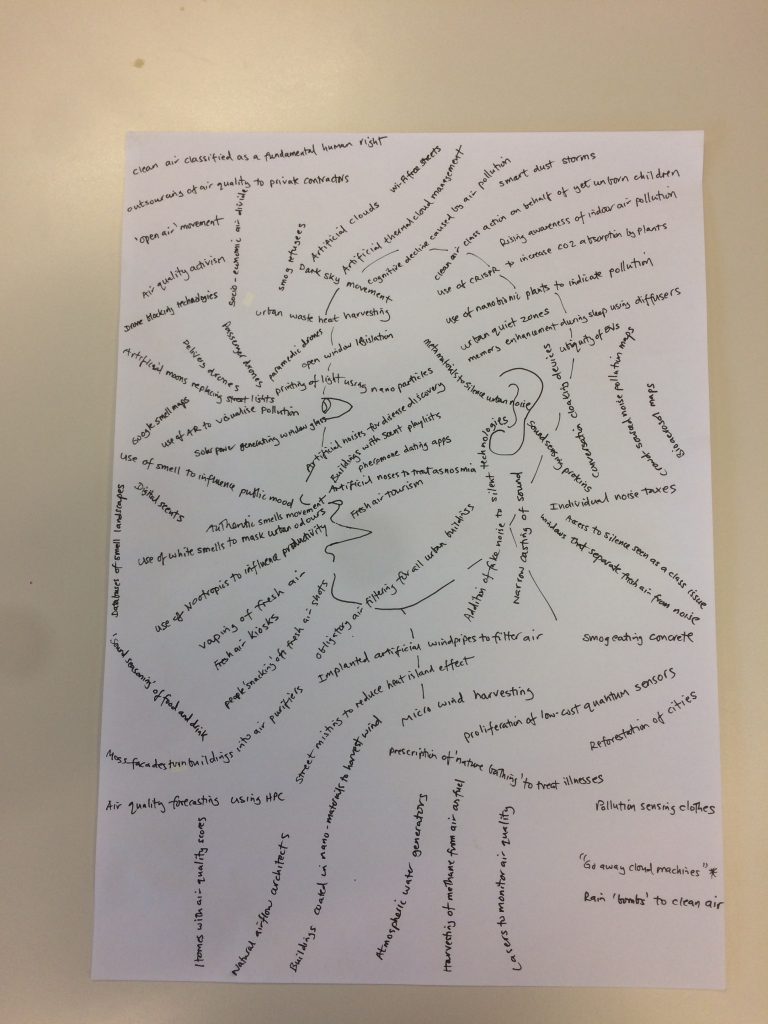
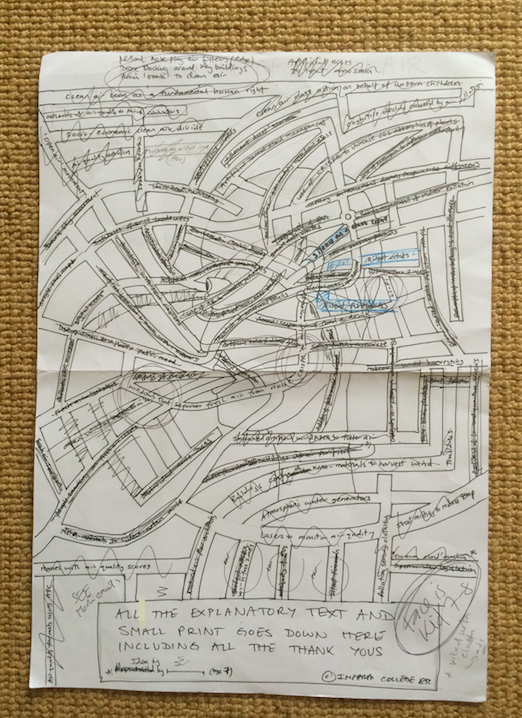
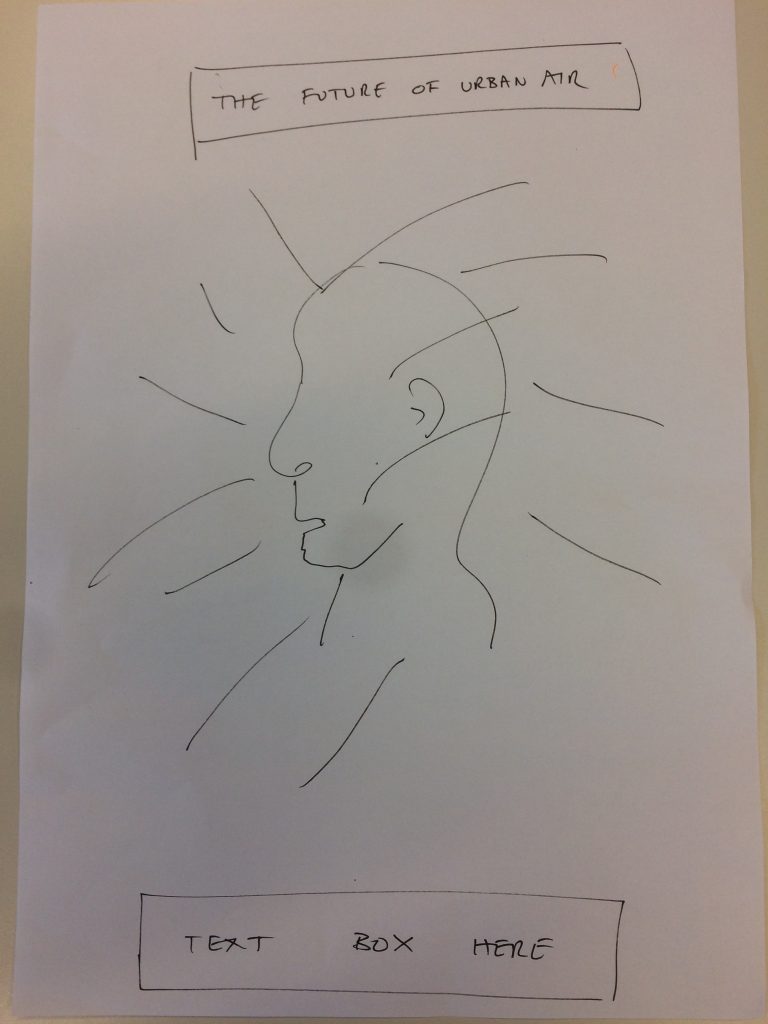
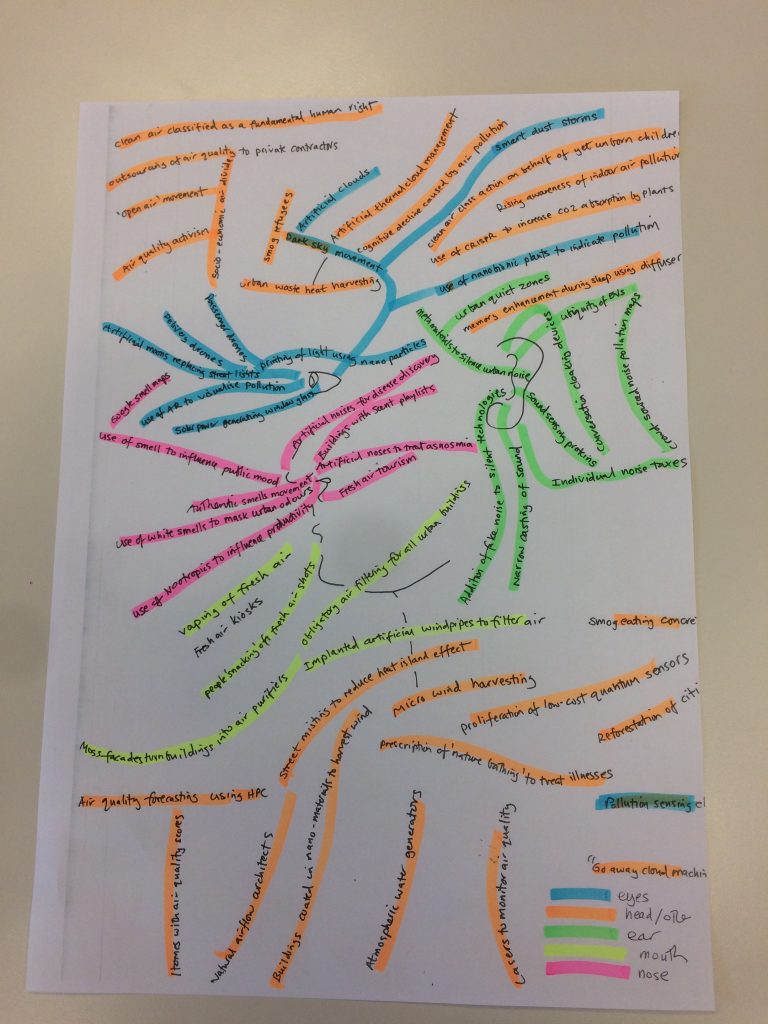
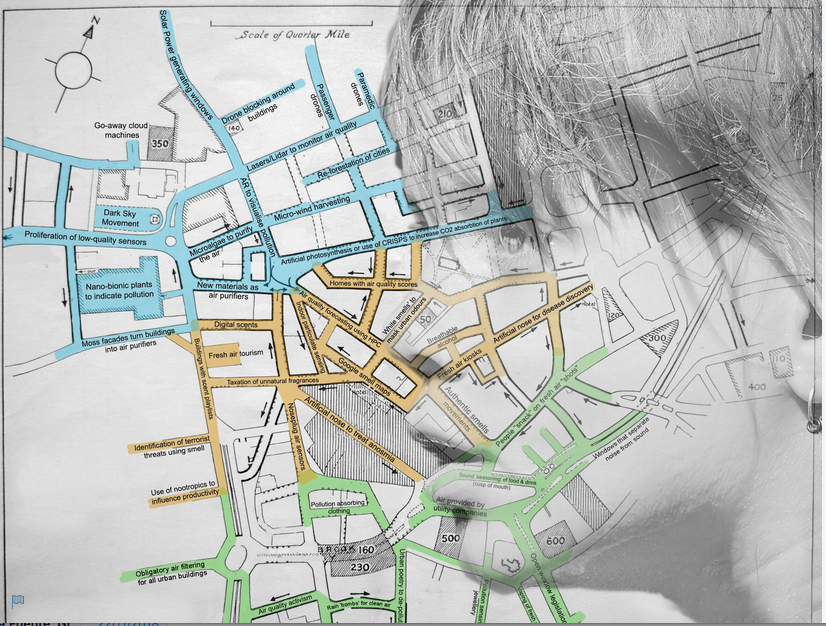
The Future of Air
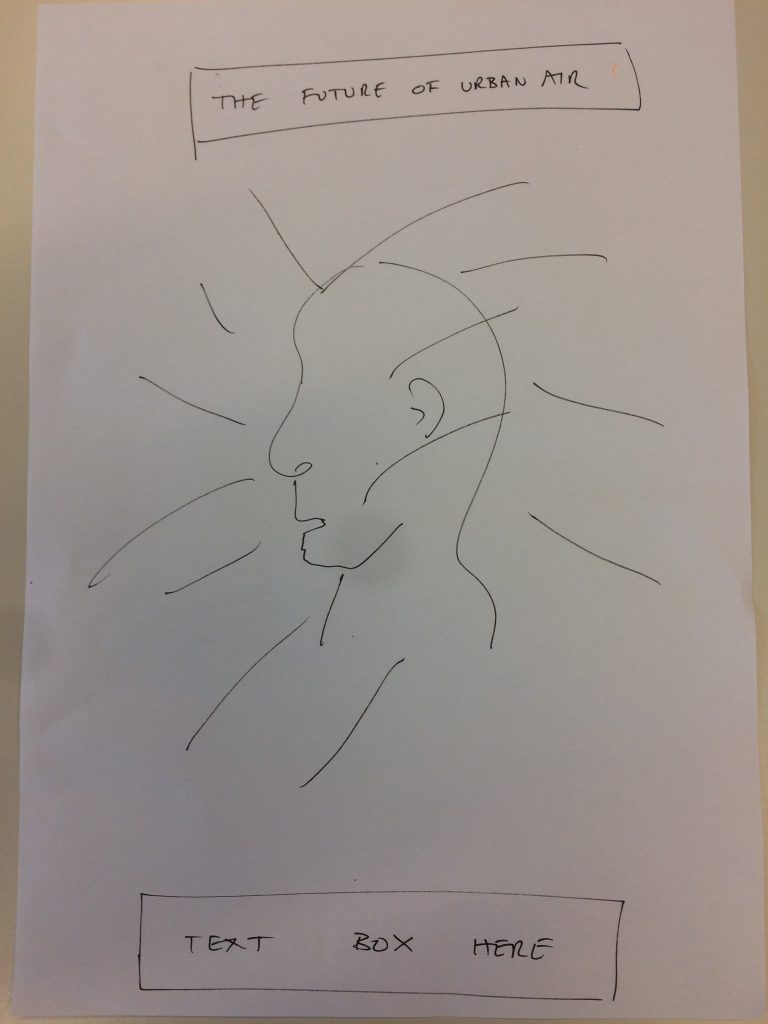
OK people, it’s almost ready. Best one yet in my view. Watch this space.
Tiny desk concert
It’s stopped raining (maybe) and I think the last post was a little short, so here’s some mellow music with a difference….and thanks Sven!
Random words
“The poor were fat and the rich were lean.
Nearly all could preach, very few could sing.”
By Les Murray.
Spotted
New Map
A new ‘map’ is coming, hopefully next week. In my humble opinion the best one yet, certainly from an art/science collaboration perspective.
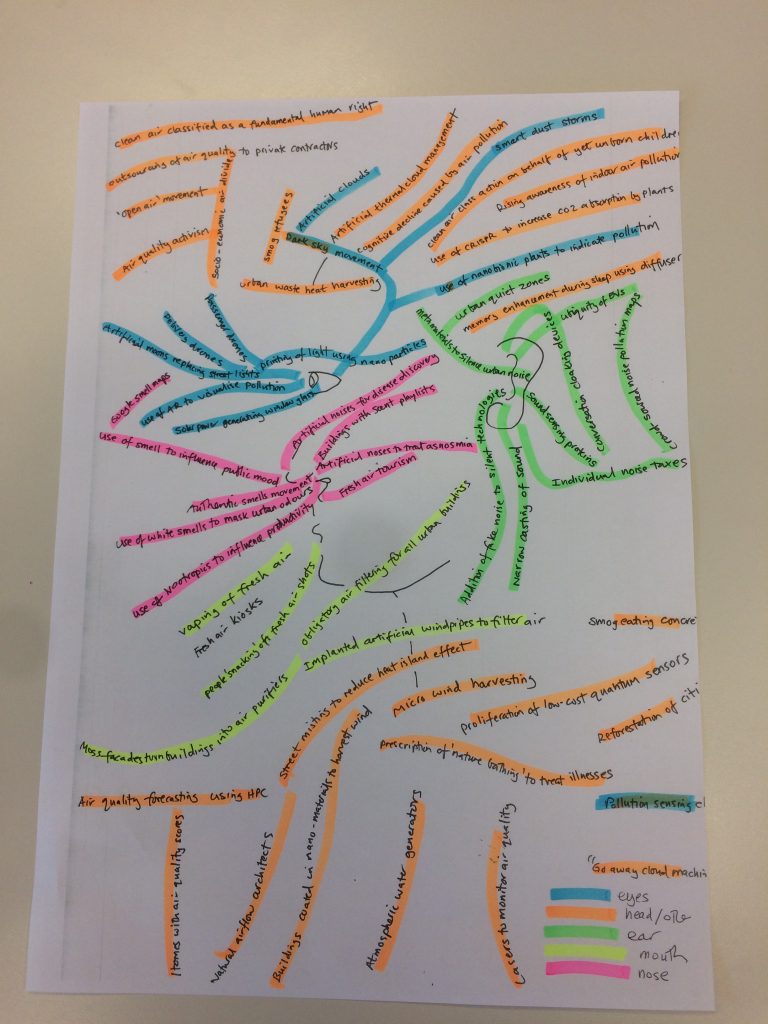
Digital technology and carbon emissions
I was at the Web Summit last week in Lisbon. I’ve never seen quite so many black North Face rucksacks in one place, although black faces were almost totally absent. OK, there was some refreshing energy and optimism, but also quite a bit of delusion (in my opinion) surrounding future AI and the inevitability of conscious machines.
But the best bit was, without doubt, the sustainable merchandise. Hand-knitted jumpers for £800 and re-useable drink containers. Heaven forbid that any of the 70,000 attendees used a single use coffee cup. These, of course, were all sold alongside the fact that tech uses around 15-20 per cent of global energy (depending on whom you believe) and has a carbon footprint that would put BP and Boeing to shame (See a good article on the carbon footprint of AI here).
Clearly any industry will create emissions, especially during any transition to clean energy, but what gets my goat is how certain groups and individuals have focussed on one area (e.g. flying) at the total exclusion of others. For example, emissions from the global fashion industry and textile industries match and possibly exceed aviation.
BTW, if anyone has a reliable figure for carbon emissions created by Apple, Facebook and Uber et al – but especially Google and Amazon (incl. AWS) please share!


